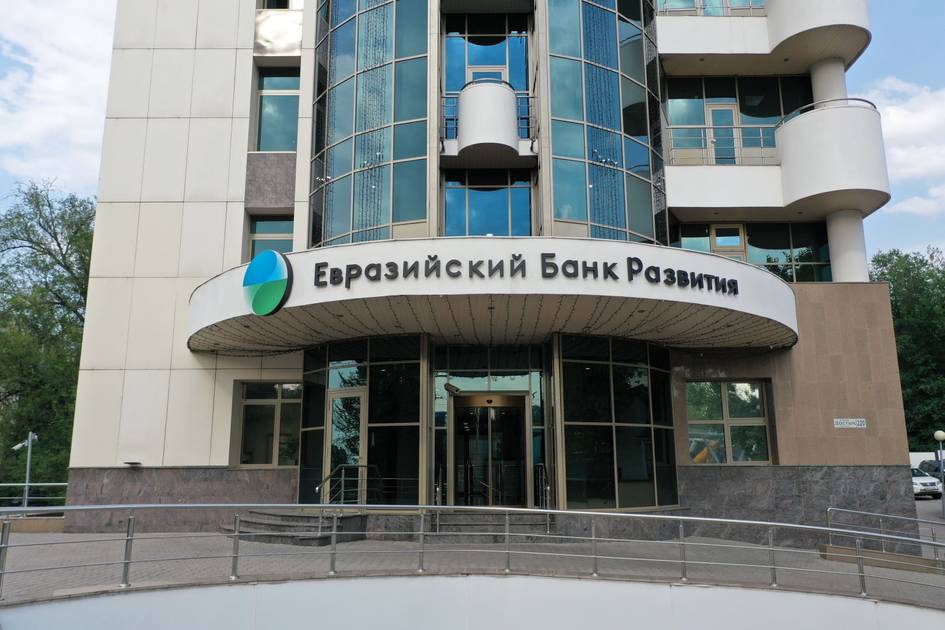Copyright daryo

Eurasia is witnessing an unprecedented boom in warehousing infrastructure, with the total warehouse space across the region rising from 44 to 58mn square meters between 2021 and early 2025, according to a new study by the Eurasian Development Bank (EDB). The report,“Warehousing Infrastructure in Eurasia – An Opportunity of the Decade,” highlights acceleration in logistics development driven by changing trade flows, industrial growth, and the rise of e-commerce. Central Asia and Beyond: Rapid Expansion In Central Asia, the South Caucasus, and Belarus, warehouse capacity has reached 5.4mn square meters, led by: Belarus – 2.4mn m²Kazakhstan – 1.5mn m²Uzbekistan – 0.6mn m² Russia remains the regional leader, accounting for 53mn m² of warehouse space after years of record-breaking construction. However, per capita warehouse availability across Eurasia covering Armenia, Azerbaijan, Belarus, Georgia, Kazakhstan, Kyrgyzstan, Tajikistan, Turkmenistan, Russia, and Uzbekistan—remains low at just 0.23 m² per person, pointing to vast untapped potential. Shifting Trade Flows Fuel Demand The EDB attributes the surge to shifts in global trade since 2022 that have redirected supply chains through Eurasia. The Bank forecasts that foreign trade volumes will grow from 1.28bn tonnes in 2023 to as much as 1.8bn tonnes by 2040. This evolution is also transforming cargo composition, with non-commodity goods gaining prominence. To support these flows, the region is prioritizing investments in multimodal hubs, dry ports, border logistics terminals, and large distribution warehouses along major international transport corridors. “Unlocking the potential of warehousing infrastructure is not about square metres but about economic competitiveness,” said Evgeny Vinokurov, Chief Economist at the EDB. “Modern warehouses reduce costs, accelerate trade, and integrate companies into regional value chains. Warehousing is now a high-tech business with immense potential for AI and robotisation.” E-commerce and Technology Drive the Next Phase The EDB identifies e-commerce as a key long-term growth engine. By 2040, online retail could account for 20–25% of total sales in Eurasia, compared with 20% in Russia and 3% in Uzbekistan in 2024. This digital shift is spurring investments in: Fulfilment centresLast-mile urban warehousesLogistics automation Large retailers are increasingly outsourcing logistics, fueling the rise of third-party logistics (3PL) providers and the emergence of multifunctional complexes that serve multiple clients simultaneously. By 2040, EDB analysts project that demand for modern warehouse space in Eurasia could nearly double, reaching 101–123mn m². Retail is expected to account for 73–87mn m², e-commerce for 23–27mn m², agribusiness for 4.7–7mn m², and pharmaceuticals for 1.3–1.6mn m². The report also forecasts an additional 4,000–4,300 hectares of demand for transport-related terminals, including transshipment and container facilities. Unlocking Potential Through Cooperation To sustain this momentum, the EDB calls for coordinated efforts between governments, businesses, and international institutions. Priority measures include: Harmonising customs and regulatory standardsExpanding multimodal and dry port infrastructureDeveloping public-private partnerships and infrastructure bondsPromoting green energy efficiency standards and ESG principlesInvesting in workforce development and digital logistics platforms The report emphasizes that implementing these measures will help eliminate infrastructure bottlenecks, link key economic centres, and integrate the region into global value chains—laying the groundwork for sustained trade growth in the evolving global economy. The EDB is a multilateral financial institution that has been investing in regional development for over 19 years. As of July 2025, its cumulative portfolio comprises 319 projects worth $19.1bn, focused on transport, digital systems, green energy, agriculture, and manufacturing. The Bank’s 2022–2026 Strategy focuses on three mega-projects: the Central Asian Water and Energy Complex, the Eurasian Transport Network, and the Eurasian Agricultural Goods Distribution System—all designed to strengthen connectivity and economic resilience across the region.



